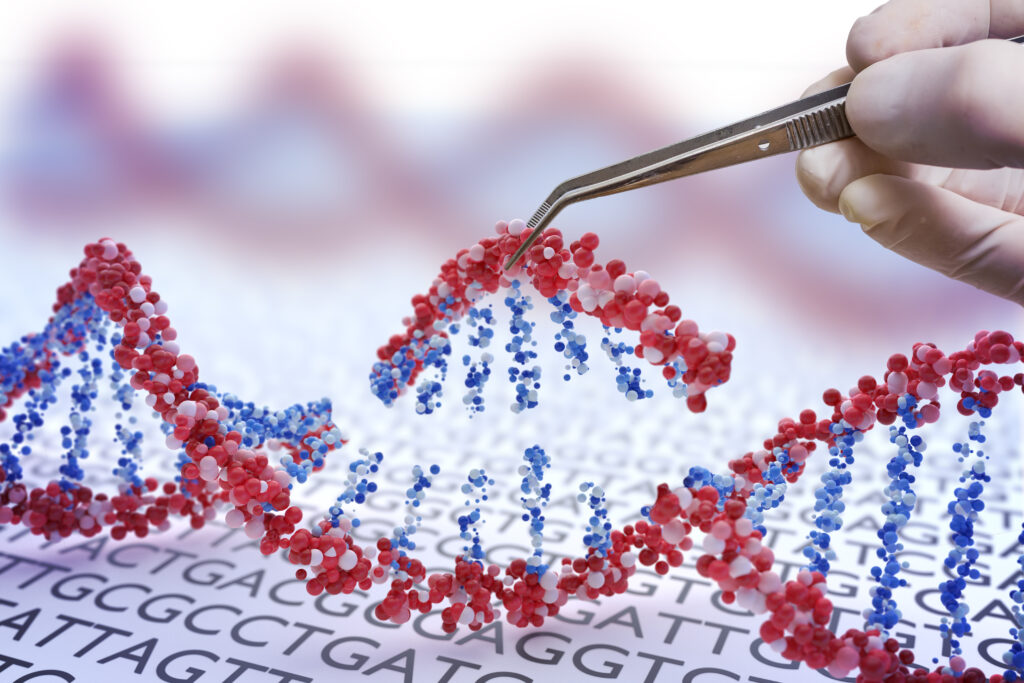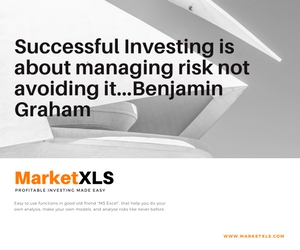Gene Therapy has been grabbing headlines throughout the world of Biotech. One treatment to cure a disease forever. It certainly sounds promising for patients. But is Gene Therapy a healthy investment for your portfolio?
Biotech Strategist Lee Rivers investigates Regenexbio, Inc. ($RGNX)
Regenxbio Inc. is a biotechnology company that focuses on the development, commercialization, and licensing of recombinant adeno-associated virus (AAV) gene therapies. Some of Regenxbio’s potential product candidates include RGX-501, a genetic therapy for homozygous familial hypocholesterolemia that delivers the human low-density lipoprotein receptor gene to the liver cells, RGX-111, a genetic therapy that treats Mucopolysaccharidosis Type I by delivering a human a-L-iduronidase gene to the central nervous system, RGX-121 for the treatment of Mucopolysaccharidosis Type II, and RGX-314 for wet age-related macular degeneration (AMD). Regenxbio has several potential treatments in its internal pipeline undergoing clinical trials in addition to treatments that are licensed to other companies. The company has about 20 total licensing deals for its AAV gene therapies in which it receives royalties, licensing fees, and milestone bonuses. The company currently is pursuing markets in retinal, neurodegenerative, and liver diseases. By pursuing treatments for rare genetic diseases, Regenxbio benefits from little competition, effectively resulting in a natural monopoly. Additionally, Regenxbio differentiates itself from its competitors by producing curative treatments, as opposed to the non-curative treatments of its competitors, particularly in the wet AMD market.
Financials
Regenxbio has a market capitalization of $1.4 billion and an enterprise value of approximately $1 billion. The company has approximately $400 million in cash and cash equivalents at the end of 2019 with sales of about $35 million for the year. Consequently, it lost about $94 million, the result of $124 million research and development expenses associated with clinical trials, personnel costs, and laboratory costs. The company also has a working capital ratio of 10.6 and a debt-to-equity ratio of 0.10.
Revenues for 2020, however, are expected to increase to $189.3 million, more than 400% greater than the year prior. The company is expected to lose $2.49 a share, which is $0.11 narrower than the year prior. These expectations portray the company’s increasing revenue growth and possibly future profitability once sales of its licensed gene therapies accelerate.
Regenxbio is thus able to benefit from increased revenue streams through licensing out its AAV platform, which includes royalties, initial fees, and milestone payments. The company also receives reimbursements from orphan drug designations for research and development performed on two treatments in its pipeline, according to the firm’s 2015 stock offering registration statement.
Licensing NAV Technology
Regenxbio’s primary assets are its AAV gene therapies with NAV technology and its ability to license these assets. This NAV technology allows for genetic DNA to be delivered to a particular part of the body to be encoded in the cells. This technology was used to develop the gene therapy Zolgensma, which has been approved by the FDA. Zolgensma is an AAV gene therapy that delivers a transgene of SMN1 to cure spinal muscular atrophy (SMA). SMA affects between 1 in 8,000 to 1 in 10,000 people worldwide, and nearly 20,000 people in the U.S. alone have the disorder. SMA type 1 is the most common type of SMA, and of infants with the disorder, 68% are unable to see their second birthday, and 95% unable to see their fourth birthday. Zolgensma can fully cure the disorder in infants, and they are seeking to expand the cure to older ages.
The treatment’s price tag stands at $2 million, making the potential market in the U.S. greater than $40 billion. Furthermore, Zolgensma was recently approved in both Japan and Europe, increasing the potential market significantly. Sales of the treatment were previously projected to peak around $2.5 billion in 2025, without consideration for European approval. Zolgensma is marketed through a license agreement with AveXis (a subsidiary of Novartis) in which Regenxbio receives milestone payments and royalties in the mid-single digits to low double digits. Regenxbio has about 20 other licensing deals for AAV gene therapies similar to this agreement with AveXis. Licensing its NAV technology is the company’s primary revenue driver to allow it to produce and perform clinical trials for additional AAV gene therapies in its internal pipeline, as well as pursuing additional licensing deals. The licensing aspect alone of the company’s business model portrays that Regenxbio undervalued, as shown by a DCF with basic assumptions. Moreover, Novartis plans to expand Zolgensma’s demand to increase further through expanded access to older patients with an intrathecal dosing scheme and aggressive targeting of China’s market in addition to the markets of Japan and Europe where the treatment has already been approved.



Undervalued Internal Pipeline
Regenxbio appears to have a strong licensing business that is being overlooked. The primary cause for this is because of the stock market’s apparent focus on its relatively lackluster internal programs. These internal programs are mostly considered to not be competitive relative to established treatments, but this belief could be a mistake. Regenxbio’s primary internal program asset is RGX-314, an AAV gene therapy for wet age-related macular degeneration (wet AMD). Wet AMD currently affects 2 million people in the United States, and is expected to grow to 3 million by the end of this year. Wet AMD is an eye disease that is caused by abnormal blood vessel growth under the macula and retina where the leaking blood vessels cause vision problems, and ultimately blindness. RGX-314 would be the only effective one-time treatment to cure wet AMD by monoclonal antibody fragment designed to neutralize vascular endothelial growth factor activity, modifying the pathway of new leaky blood vessels and retinal fluid accumulation, according to the company’s website. The treatment is currently undergoing phase I/II trials for safety. These trials have shown positive results thus far, with long-term durable treatment effects being demonstrated over two years.
Using a DCF for RGX-314 with rather conservative assumptions we can determine the treatment will provide approximately $3.7 billion in risk-adjusted free cash flow, providing an overall value of approximately $99.2 per share until the patent expiration in 2042, assuming there is no new competition. Key assumptions of this DCF are a price of $40,000, 1.1 million potential patients in the United States, and 10.4 million outside the United States. As mentioned, these estimates for potential market size are quite conservative, and a growing elderly population will make this asset more lucrative with time.
Looking Forward…
Regenxbio faces two risks. RGX-314 for wet AMD must be deemed safe and effective. It has shown already that it is safe and solves the dosing and delivery issues of many comparable treatments. Zolgensma must also continue to be covered by insurers to make it feasible. The probability that sales continue to grow is high given the market opportunity and track record of payors being reimbursed for gene therapy.
Overall, Regenxbio has an approximate value of at least $115, as its licensing platform, headed by the AveXis agreement, is poised to grow revenues significantly for the company over the next five years without any additional efforts from the firm. This will be coupled with continued developments regarding the company’s internal programs, particularly RGX-314, that will also has the potential to provide significant revenue growth. If the firm’s P/E ratio increases to the average of a profitable biotech firm, the price could exceed $1,000 per share in the long-term.





More Stories
5 WAYS THAT BIOTECH CAN ATTACK ALZHEIMER’S
3 PROMISING BIOTECHS FOR THE YEAR 2025
IOVANCE BIOTHERAPEUTICS & GOOD MATH